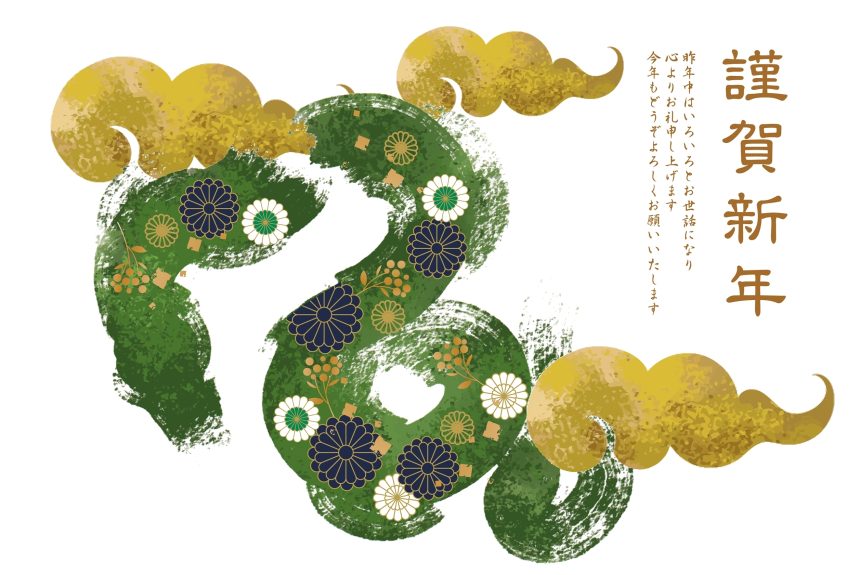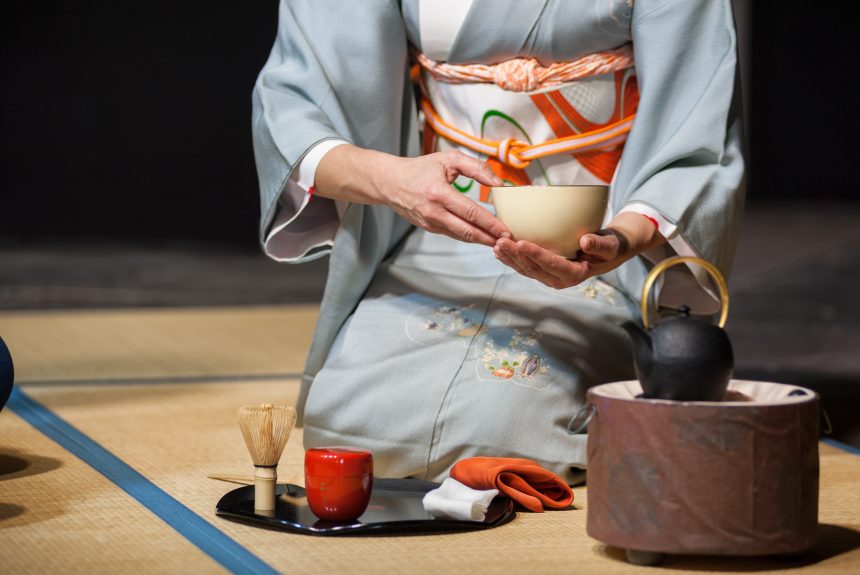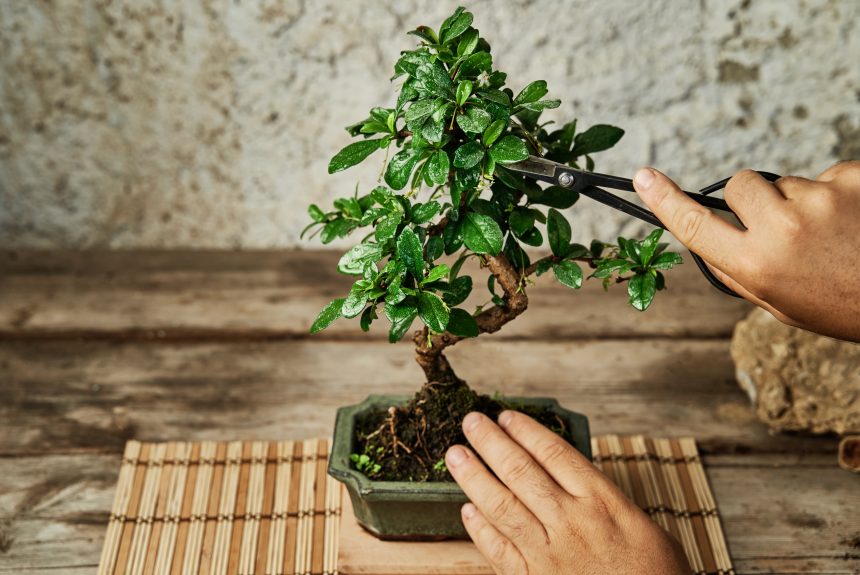This is a series of workshops designed by Azumi Uchitani to explore Japanese culture through the art of calligraphy and language. We will meet bi-weekly, slowly moving from season to season and uncovering new characters, rituals, concepts and beliefs deeply rooted in Japanese lifestyle. Each event we will centre around a new symbol: we will learn its meaning, discuss a poem about it, meditate and experience the power of the concept through calligraphy practice.
Outside: gai/ soto (外)
In Japanese culture, the concept of “outside” is often associated with nature, the world beyond human civilization, and the unknown. Japan is a country with a rich natural environment, including mountains, forests, and coastlines, which has had a significant impact on the Japanese worldview. Traditional Japanese architecture, such as the “shoji” sliding doors and “engawa” veranda, often blur the boundary between indoors and outdoors, creating a seamless transition between the two. This connection to nature is also reflected in Japanese art, literature, and poetry, which often depict natural landscapes and the changing seasons. At the same time, the concept of “outside” can also refer to the unfamiliar or foreign, which has been historically viewed with a mixture of curiosity and caution. Overall, the concept of “outside” in Japanese culture encompasses both the natural world and the unknown, evoking a sense of wonder, respect, and a desire to explore and understand.
Sorry, this event has ended.
To register for new events, please, check our Schedule.
GUIDE – AZUMI UCHITANI
Azumi Uchitani is an Intercultural business consultant, keynote speaker, writer, artist and founder of Japanese SALON art & culture, based in the Netherlands. She is a two-times TEDx speaker, appearing Dutch TV and media and delivering talks to an international audience in Europe and in the US. Azumi is on a mission to build an essential bridge between Japan and Europe, helping global leaders discover Japanese ancient wisdom beyond culture, teaching how to apply its wisdom in everyday life, act with inner peace and create conscious leadership and fulfilling life. Azumi decodes the complexity of Japanese culture, tradition, philosophy, spirituality and unspoken rules into a simple essence of wisdom. She was born into a traditional spiritual Japanese family and raised with the teachings of Shingon Buddhism and Shinto. The spiritual and cultural practices, such as tea ceremony, flower arrangement, calligraphy have always been a part of her life, besides that, her grandmother was a kimono maker. Her insights, a series of talks are available on her YouTube channel ‘5 minutes on Japanese Wisdom’ on YouTube.
http://www.azumiuchitani.com





Leave a Reply